Categories
Recent Posts
- Football: Xavi to remain as Barcelona coach
- Biya regime delays bond sale amid regional market strain
- Historic agreement between Nigeria and Cameroon to tackle wildlife crime
- Southern Cameroons refugees in Nigeria receive farm seedlings
- Douala: Investment Forum wraps up with honors for investment champions
Archives
- April 2024
- March 2024
- February 2024
- January 2024
- December 2023
- November 2023
- October 2023
- September 2023
- August 2023
- July 2023
- June 2023
- May 2023
- April 2023
- March 2023
- February 2023
- January 2023
- December 2022
- November 2022
- October 2022
- September 2022
- August 2022
- July 2022
- June 2022
- May 2022
- April 2022
- March 2022
- February 2022
- January 2022
- December 2021
- November 2021
- October 2021
- September 2021
- August 2021
- July 2021
- June 2021
- May 2021
- April 2021
- March 2021
- February 2021
- January 2021
- December 2020
- November 2020
- October 2020
- September 2020
- August 2020
- July 2020
- June 2020
- May 2020
- April 2020
- March 2020
- February 2020
- January 2020
- December 2019
- November 2019
- October 2019
- September 2019
- August 2019
- July 2019
- June 2019
- May 2019
- April 2019
- March 2019
- February 2019
- January 2019
- December 2018
- November 2018
- October 2018
- September 2018
- August 2018
- July 2018
- June 2018
- May 2018
- April 2018
- March 2018
- February 2018
- January 2018
- December 2017
- November 2017
- October 2017
- September 2017
- August 2017
- July 2017
- June 2017
- May 2017
- April 2017
- March 2017
- February 2017
- January 2017
- December 2016
- November 2016
- October 2016
- September 2016
- August 2016
- July 2016
- June 2016
Featured
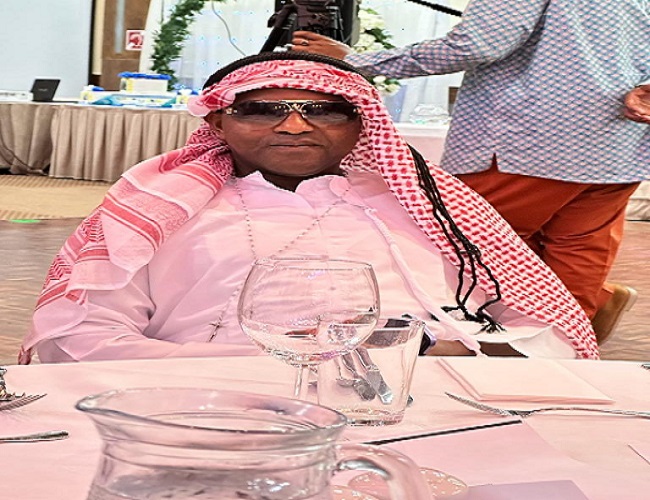 Understanding the Biya Francophone regime’s support for the Israeli genocide in Gaza
Understanding the Biya Francophone regime’s support for the Israeli genocide in Gaza 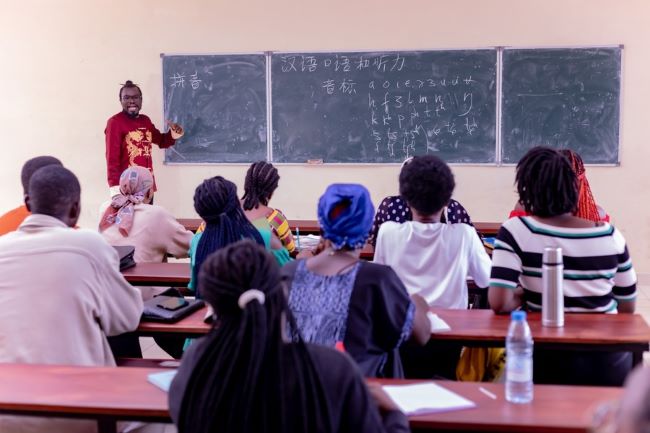 Poverty under Biya: Cameroonians embrace Chinese language for brighter futures
Poverty under Biya: Cameroonians embrace Chinese language for brighter futures 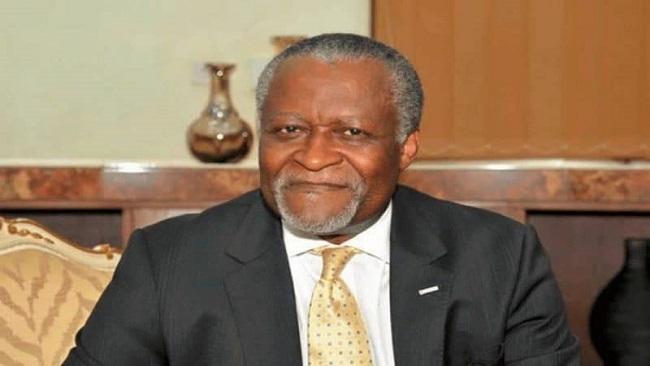 Cameroon is broken: Who can fix it?
Cameroon is broken: Who can fix it? 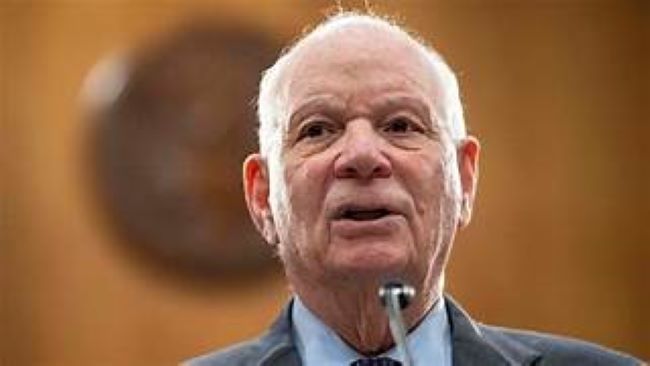 Ethiopia: U.S Senator Cardin Statement on the Killing of Bate Urgessa
Ethiopia: U.S Senator Cardin Statement on the Killing of Bate Urgessa 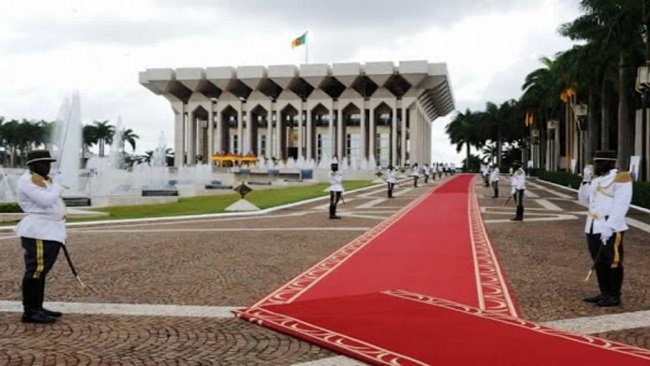 Battle for the Unity Palace: ANNOUNCEMENT!
Battle for the Unity Palace: ANNOUNCEMENT!
Most Commented Posts
 4 Anglophone detainees killed in Yaounde
4 Anglophone detainees killed in Yaounde
19 comments Chantal Biya says she will return to Cameroon if General Ivo Yenwo, Martin Belinga Eboutou and Ferdinand Ngoh Ngoh are sacked
Chantal Biya says she will return to Cameroon if General Ivo Yenwo, Martin Belinga Eboutou and Ferdinand Ngoh Ngoh are sacked
13 comments Anglophone Nationalism: Barrister Eyambe says “hidden plans are at work”
Anglophone Nationalism: Barrister Eyambe says “hidden plans are at work”
12 comments The Anglophone Problem – When Facts don’t Lie
The Anglophone Problem – When Facts don’t Lie
12 comments Largest wave of arrest by BIR in Bamenda
Largest wave of arrest by BIR in Bamenda
10 comments
Latest Tweets
Featured
-

Football: Xavi to remain as Barcelona coach
-
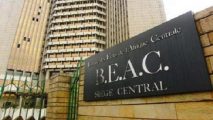
Biya regime delays bond sale amid regional market strain
-
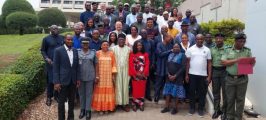
Historic agreement between Nigeria and Cameroon to tackle wildlife crime
-
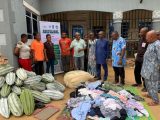
Southern Cameroons refugees in Nigeria receive farm seedlings
-
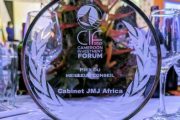
Douala: Investment Forum wraps up with honors for investment champions
-

Understanding the Biya Francophone regime’s support for the Israeli genocide in Gaza
-

US: Prosecution lays out ‘criminal conspiracy’ as Trump’s hush money trial opens
© Cameroon Concord News 2024
4, December 2018
Cameroonians die three times over: They die of poverty, die of illness and die of war 0
by soter • Editorial, Headline News
La Republique du Cameroun until the recent secession of its Anglophone part was CEMAC region’s biggest country. It is mostly known and in particular portrayed as such in the world media, for its peace, football and ethnic, religious and tribal tolerance. But the Southern Cameroons revolution has made all of the positives a thing of the past fostered by a sitting ruthless dictator, old colonialist power and new imperialist forces. This is exactly what is happening today in La Republique du Cameroun since the beginning of the Ambazonia uprising.
From its very inception, Anglophone lawyers and teachers rose up en masse and challenged the Francophone dominated regime in Yaoundé over what they described as endemic marginalization and economic discrimination. The revolt was directed against the heinous Francophone dictatorship of President Paul Biya and the ruling Cameroon Peoples Democratic Movement party that has held power since November 6th 1982. This is the first revolt of this magnitude against a French surrogate regime.
Ghost town operations of a scale not witnessed for decades has continued for two years now in all major Southern Cameroons cities, towns and villages. Anti-government protests, initially led by students from the University of Buea and Bamenda, have inspired similar demonstrations among traders union, okada riders and transporters. In French Cameroun, years of subjugation at the hands of the ruling Cameroon Peoples Democratic Movement (CPDM) has yielded both political apathy and a weak opposition.
The killing of several hundred of Southern Cameroonians and sweeping arrests on the part of the French Cameroun State Security and Intelligence Services reportedly pushed the protests to expand to include all the people of the former British Southern Cameroons. The regime started to take it very seriously following the escalation of repression and this also is an indication of the loss of social control by President Biya. Buea, Bamenda and all the major cities in Southern Cameroons are now besieged by the Francophone police and the French Cameroun army. Bullets and teargas were the first reaction, and then the Biya regime started to crackdown massively on Ambazonians, arresting more than 1000 activists. 4000 Southern Cameroonians have so far been killed. Hundreds have been carried to “phantom houses” or undisclosed locations, where they are tortured and the women and young girls raped by members of the infamous French Cameroun secret service. Approximately 50,000 have fled the onslaught into neighbouring Nigeria and thousands are living in the bushes. The UN says some 461,000 Southern Cameroonians have been internally displaced.
On October 7, the president-dictator, Paul Biya rigged the presidential election in French Cameroun and got a seventh term and is now imposing a new round of even more draconian measures against the people of Southern Cameroons which have subsequently created a club of military billionaires as 85% of the government’s budget is swallowed by military expenses. Meanwhile the ongoing wars in the Far North region against Boko Haram and in the East with rebels from the Central African Republic cost the French Cameroun government millions a day!
Things are beginning to fall apart as Cameroon was recently stripped of the right to stage the 2019 African Nations Cup finals. CAF confirmed the unanimous decision after a meeting of its executive committee in Accra. Cameroon’s ability to host the finals was first questioned when CAF announced in July last year that the tournament would have eight additional teams and only countries capable of putting on world-class tournament, with complete facilities and extensive infrastructure would be allowed to stage the event. CAF sent several inspection teams to Cameroon to check on the progress of the construction of five stadiums proposed for the tournament.
When CAF president Ahmad went to Cameroon in October he told the country’s President Paul Biya in front of assembled reporters: “CAF has no Plan B, nor have we ever considered taking the Nations Cup away from Cameroon.” But last week he criticised Cameroon’s inability to regularise the affairs of its football federation, which has been under the control of a normalisation committee for more than a year while it struggles to adopt a new constitution and elect a new executive.
On 30 November 2018, President Paul Biya signed a decree creating the “National Disarmament, Demobilization and Reintegration Committee (NDDRC) for organizing, supervising and managing the disarmament, demobilization and reintegration of ex-fighters of Boko Haram and armed groups in Southern Cameroons willing to respond favourably to the Head of State’s peace appeal by laying down their arms.” In response, Ambazonia Self-Defence and Restoration Forces Council (ASC/RF), the command and control system prosecuting the war against French Cameroun rejected the so-called Biya presidential decree. The situation in both Cameroons is growing from bad to worse and even Francophone Cameroonians are fed up. The President-dictator lives in a five star Intercontinental Hotel in Geneva and his regime is slowly but surely taking the last kicks of a dying horse. To be accurate Cameroonians die three times over: they die of poverty, die of illness and die of war.
By Soter Tarh Agbaw-Ebai